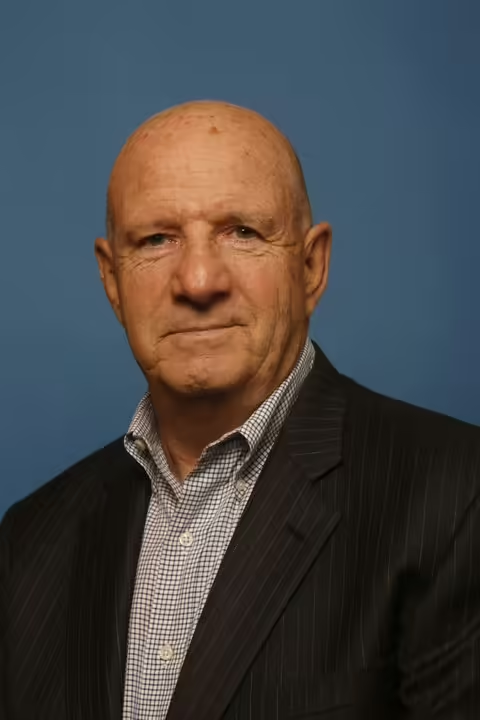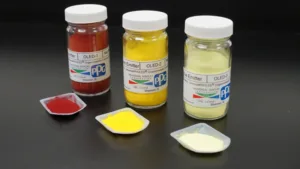In Q1’25, Universal Display Corp. reported material and royalty revenue of $159 million, more or less the same as the previous four quarters. YoY the OLED panel production grew 35% in area while UDC grew 13% in revenue, highlighting this mismatch. UDC has been looking to PH blue to stimulate growth, but the development has not matched expectations. The recent PH blue usage by LGD raises additional questions, because the new blue material is used concurrently with the older FL blue, with no explanation. Another challenge to UDC is the use of TADF material by BOE in one of its demonstration panels at Display Week 2025 that could be signaling the arrival of a challenger to UDC’s monopoly.
UDC operates in the current global economy, which is more interconnected than ever, and has had success in penetrating international markets crucial for its financial health and growth journey. Since the US is devoid of display manufacturing, the company is totally dependent on overseas panel makers, and this offers a window into the company’s earnings stability, its ability to benefit from varied economic cycles and its potential for long-term growth.
Being present in foreign markets serves as protection against local economic declines and helps benefit from more rapidly expanding economies. Yet, such expansion also introduces challenges related to currency fluctuations, geopolitical uncertainties and varied market behaviors.
During Q1’25, South Korea contributed $87.33 million in revenue, making up 52.52% of the total revenue, which was -8.06% below consensus estimates. Looking back, South Korea contributed $92.13 million, or 56.77%, in the previous quarter, and $102.4 million, or 61.96%, in the same quarter of the previous year.
Of the total revenue, $71.09 million came from China during the last fiscal quarter, accounting for 42.75%, up +32.73% as analysts misunderstood the growth of the Chinese OLED panel makers, thriving on new demand from local smartphone OEMs. In comparison, the region contributed $65.37 million, or 40.28%, and $57.47 million, or 34.78%, to total revenue in the previous and year-ago quarters, respectively.
Japan generated $0.41 million in revenues for the company in the last quarter, constituting 0.25% of the total. This represented a surprise of -44.93% compared to the $0.75 million projected by Wall Street analysts. Once again, these analysts misunderstood the slowdown in JDI and Sharp in displays overall and OLEDs specifically. Comparatively, in the previous quarter, Japan accounted for $0.6 million (0.37%), and in the year-ago quarter, it contributed $1.25 million (0.76%) to the total revenue.
For the current fiscal quarter, it is anticipated by Wall Street analysts that Universal Display will report a total revenue of $163.95 million, an increase of 3.4% from the same quarter in the previous year. The revenue contributions are expected to be 57% from South Korea ($93.43 million), 35.6% from China ($58.31 million) and 0.4% from Japan ($0.61 million). These figures could be understated as the awkward tariff discussion is causing a rise in purchases to avoid the impact of tariffs, as demonstrated by a 50% YoY increase in US smartphone sales in the US in March as reported by Counterpoint.
For the entire year, the company’s total revenue is forecasted to be $672.51 million, which is an improvement of 3.8% from the previous year. The revenue contributions from different regions are expected as follows: South Korea will contribute 62.2% ($418.06 million), China 38.3% ($257.82 million) and Japan 0.5% ($3.6 million) to the total revenue.
Universal Display’s dependence on foreign markets for its revenue stream presents a mix of opportunities and challenges, and recent history shows that Wall Street analysts are not current with the changes occurring in the display industry, so they are prone to missing major changes in consumption.

Barry Young has been a notable presence in the display world since 1997, when he helped grow DisplaySearch, a research firm that quickly became the go-to source for display market information. As one of the most influential analysts in the flat-panel display industry, Barry continued his impact after the NPD Group acquired DisplaySearch in 2005. He is the managing director of the OLED Association (OLED-A), an industry organization that aims to promote, market, and accelerate the development of OLED technology and products.

